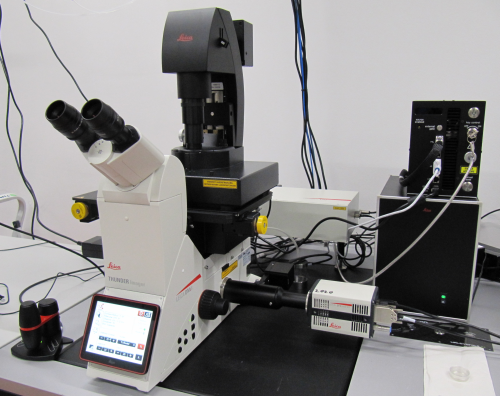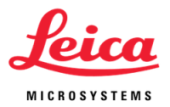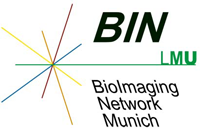New TIRF microscope and several microscope upgrades
Total internal reflection fluorescence (TIRF) microscope now available. Several other microscopes got upgrades.
25.09.2020
The Core Facility Bioimaging is happy to announce the arrival of a new microscope and some substantial upgrades to existing ones.
Leica THUNDER Imager 3D Live Cell TIRF
This new inverted fully motorized microscope adds Total Internal Reflection Fluorescence (TIRF) to the techniques available at the Core Facility.
Apart from this, it also can be used as a very fast fluorescence microscope for fixed samples. Computational clearing/deconvolution with Leica's THUNDER algorithm leads with many sample types to a much improved image quality compared to normal fluorescence microscopy. For some applications this makes confocal microscopy unnecessary and provides a significantly faster alternative.
See the microscope's web page for further information: Alhazen.

Confocal Microscope Upgrades
Our upright confocal, Malpighi, got new scanner electronics. After Kellner (inverted confocal, STED) and Hooke (upright multi-photon), it is the third of our laser scanning microscopes to get this upgrade. (Gaviola already came with it). Before this upgrade, 25% of the total time was used to collect light. Now it is 65% of the time (both in unidirectional mode). Scanning times therefore can be reduced, or brighter images with better signal to noise ratio can be collected in the same time.
Also, Malpighi got a new stage which is more convenient for microscopic slides - the typical sample on this microscope.
Already last year we were able to add some very limited Fluorescence Liftetime Imaging (FLIM) capabilities to Kellner, our confocal and STED microscope. We now were able to exchange two of the standard hybrid detectors for a more advanced version (SMD-HyDs). They have even lower dark noise, allowing higher count rates for FLIM application. A pulse picker for the white light laser is scheduled to arrive later this year.
The two removed hybrid detectors now complement the internal spectral detector of Hooke, a Leica SP8 so far used mostly for multi-photon microscopy. Thanks to this new addition Hooke can now also serve as a fully competitive 3-color confocal. The very strong continuous diode lasers with 488, 552 or 638 nm have advantages over the pulsed white light lasers in Malpighi an Kellner for some applications.
Fluorescence Microscope upgrades
Our upright fluorescence microscope, Harvey, got an sCMOS Camera which has a much larger (2048 x 2048 px) chip than the previous CCD, an excitation filter wheel to avoid bleed-through when using the quad-band filter cube, and a set of high resolution dry objectives, 10x/0.32, 20x/0.80, 40x/0.95. All in all, together with the previously available motorized stage and Navigator stitching software, this will allow much faster recording of large areas of fluorescent samples in multiple channels.
The inverted fluorescence microscope Brown now also has an sCMOS Camera with 2048 x 2048 px, again allowing much faster imaging of large areas that with the previously mounted CCD camera.







